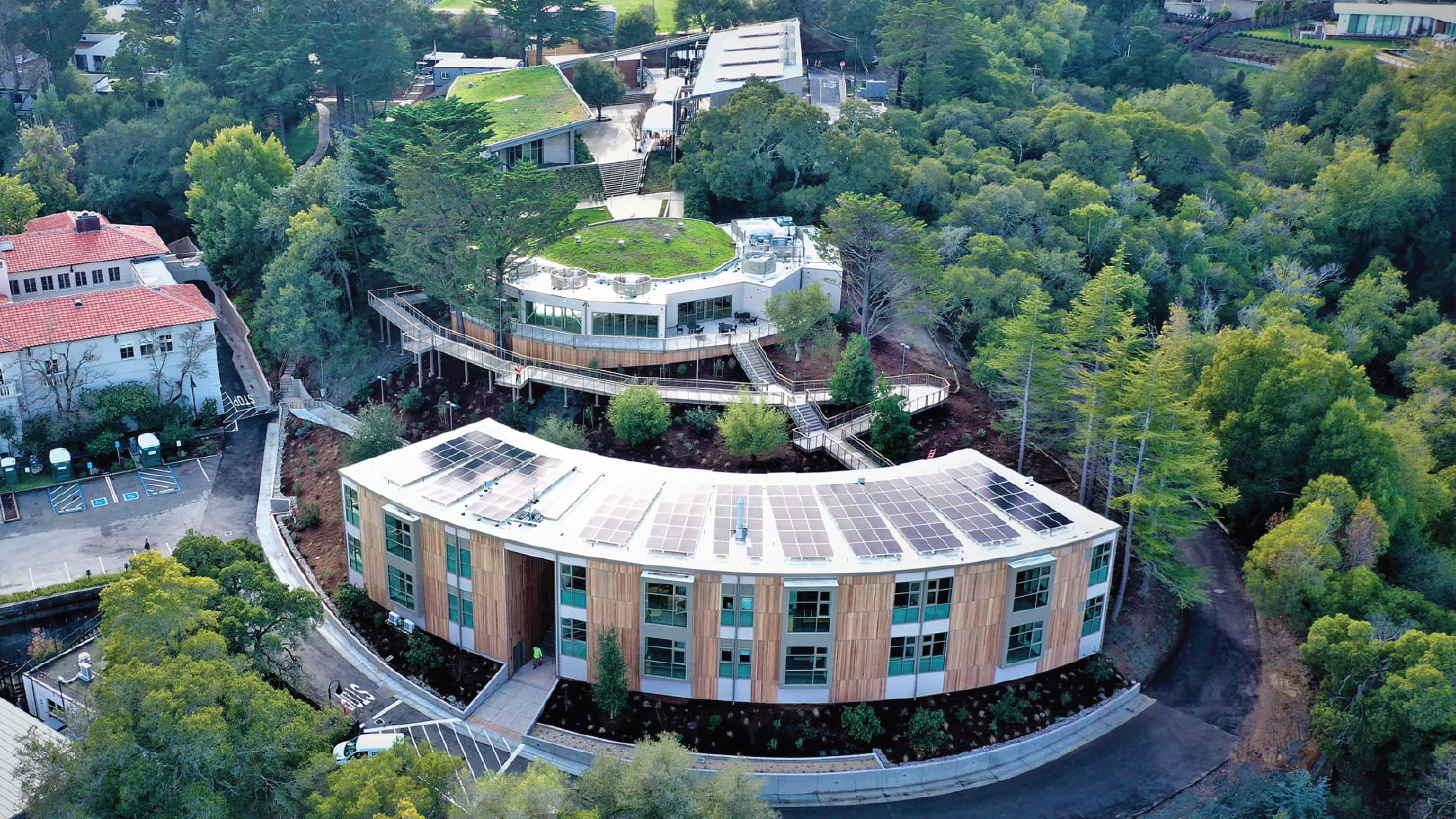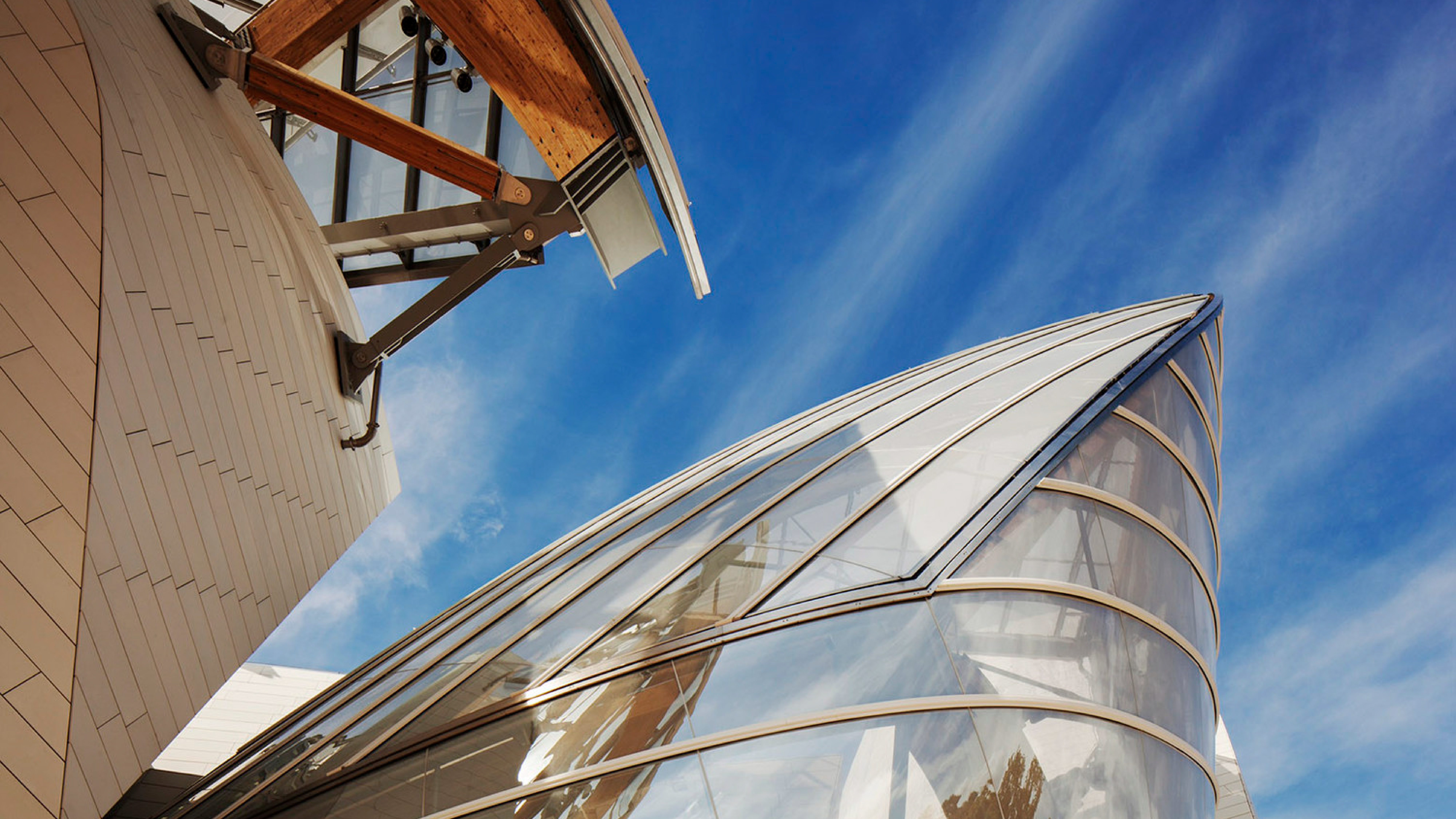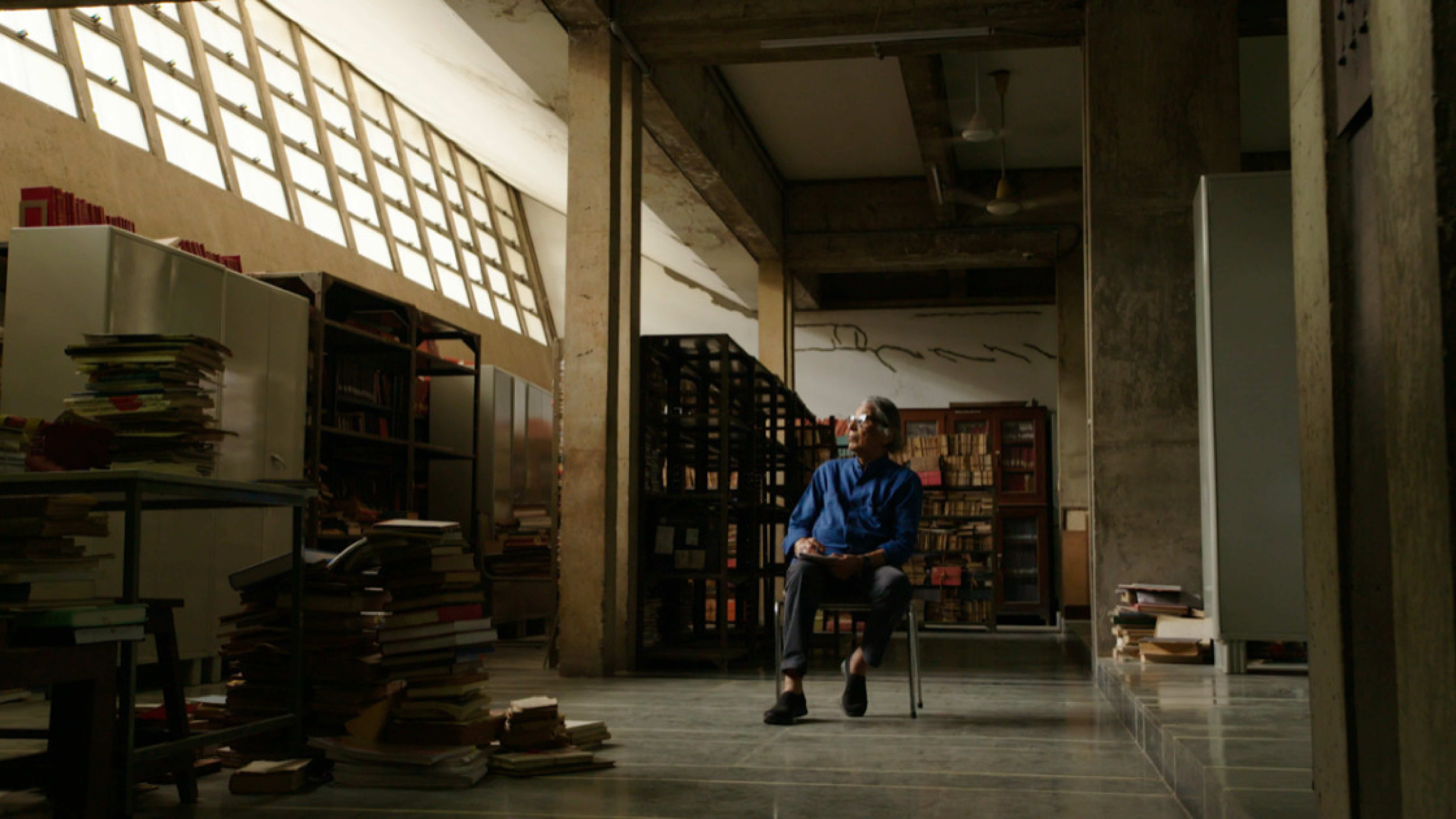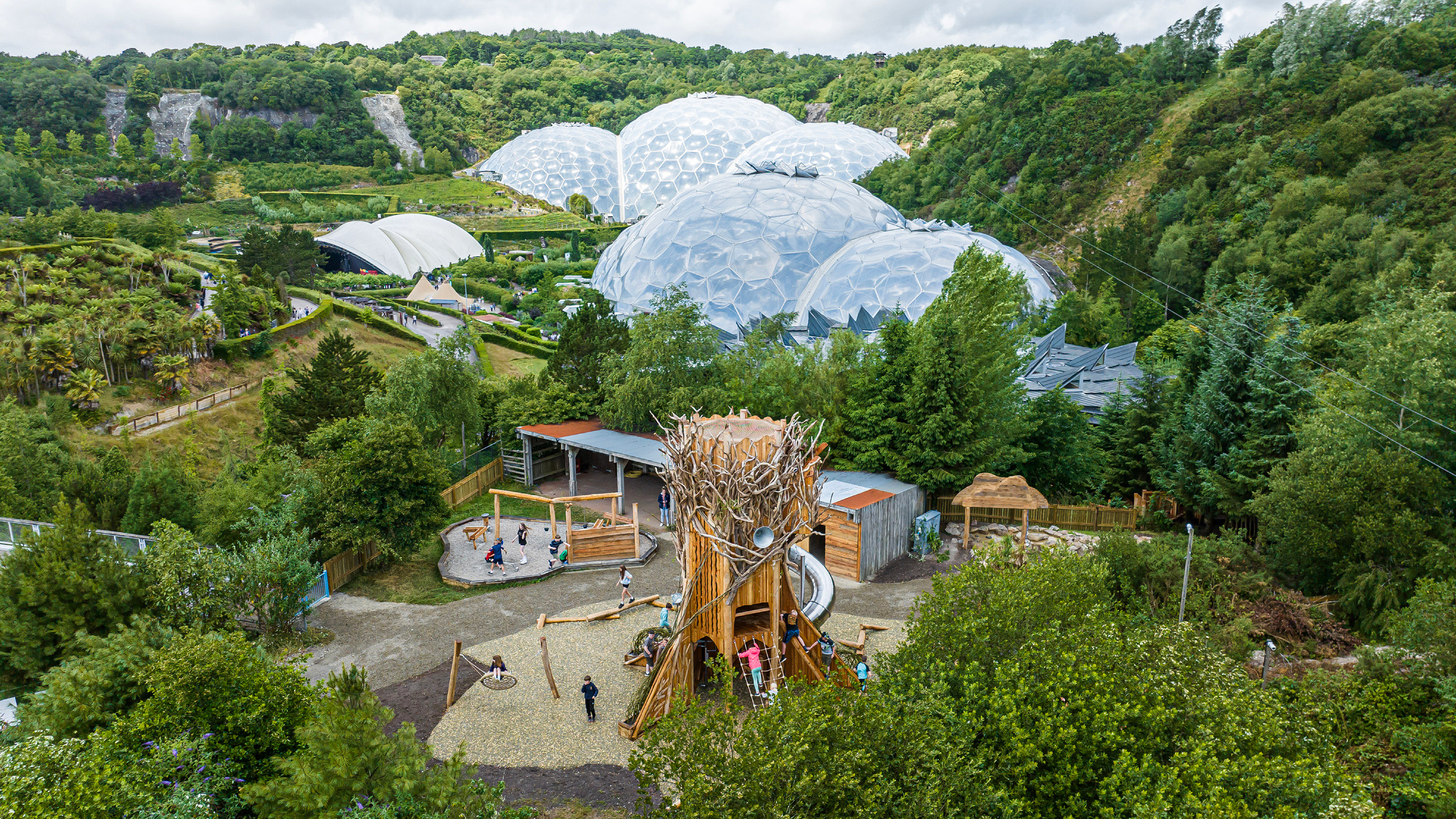The new Science and Environmental Center is the embodiment of The Nueva School’s mission to ignite a lifelong passion for learning and cultivate social acuity and environmental citizenship in the creative and young minds of its students. This independent school, founded in the late 1960s, serves more than 500 K-8 students on its 33-acre campus in the semi-rural hills of the San Francisco Peninsula. This project marks the completion of the final phase of the school’s hillside learning complex, originally finished in 2008.
The center supports the school’s evolving mission, rooted in sustainability and environmental responsibility as a core principle of student education. It houses the school’s environmental citizenship program, featuring eight science labs and associated support spaces that welcome all grades to explore the significant connections between humans and the natural environment. Indoor and outdoor learning spaces are interconnected to shape an “ecology of learning” in which students practice sustainability, engage in environmental and social studies, and collaboratively explore potential solutions to a wide range of environmental challenges.
The project commenced in 2012 when the school initiated an update to its campus master plan and conducted a series of workshops with its community to identify campus opportunities, constraints, and evolving programmatic needs. Several strategic goals emerged from this process, including advancing the school’s leadership in environmental education and maintaining a continued commitment to the community and the biosphere, which informed the design of the center.

Science and Environmental Center, Courtesy of Richard Barnes
In a region that has experienced more frequent and severe droughts, the building promotes advanced water conservation by collecting rainwater in a 10,000-gallon cistern. The collected water is stored for reuse in the center’s toilets, reducing potable water use by 89% compared to the baseline. Additionally, the building is entirely electric and generates all the energy it consumes annually. Its narrow floorplan allows for ample natural daylight, views, and natural ventilation, serving as an important demonstration of how passive natural systems can significantly reduce energy consumption.
As a threshold building, the center visually and physically connects the built campus with the forested regional open space that lies beyond. A canopy walk links the center to an existing student center at the heart of the campus, enabling all students, regardless of physical abilities, to explore the seasonal rhythms of the restored oak woodland.
The center has played a pivotal role in the success of the environmental citizenship program, supporting its mission through innovative educational environments that contribute to building a strong community and encouraging interdisciplinary interaction. In recognition of the school’s achievements and practices in resource efficiency, health, and environmental and sustainable education, it was designated as a Green Ribbon School by the U.S. Department of Education last year.

Science and Environmental Center, Courtesy of Richard Barnes

Science and Environmental Center, Courtesy of Richard Barnes







Leave A Comment